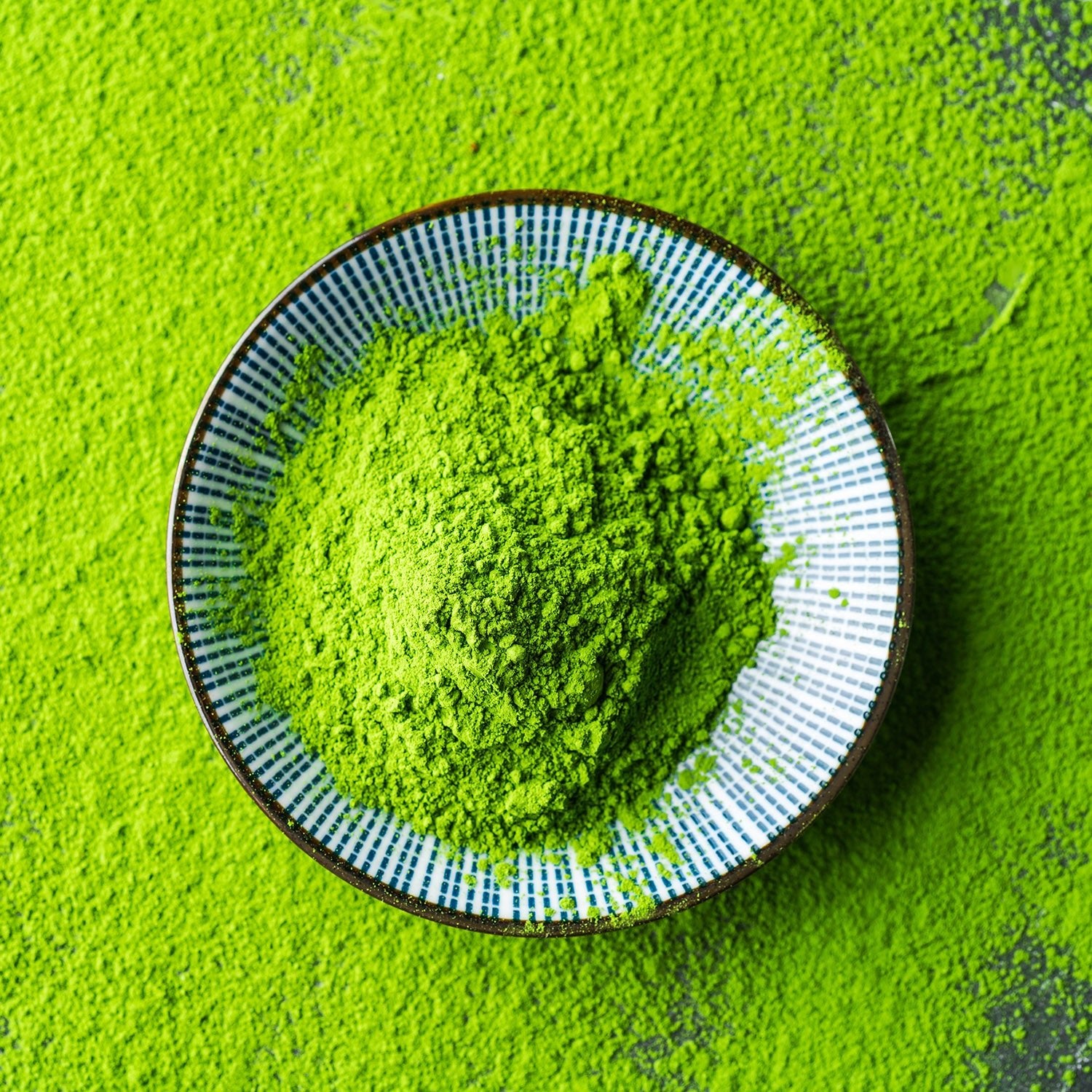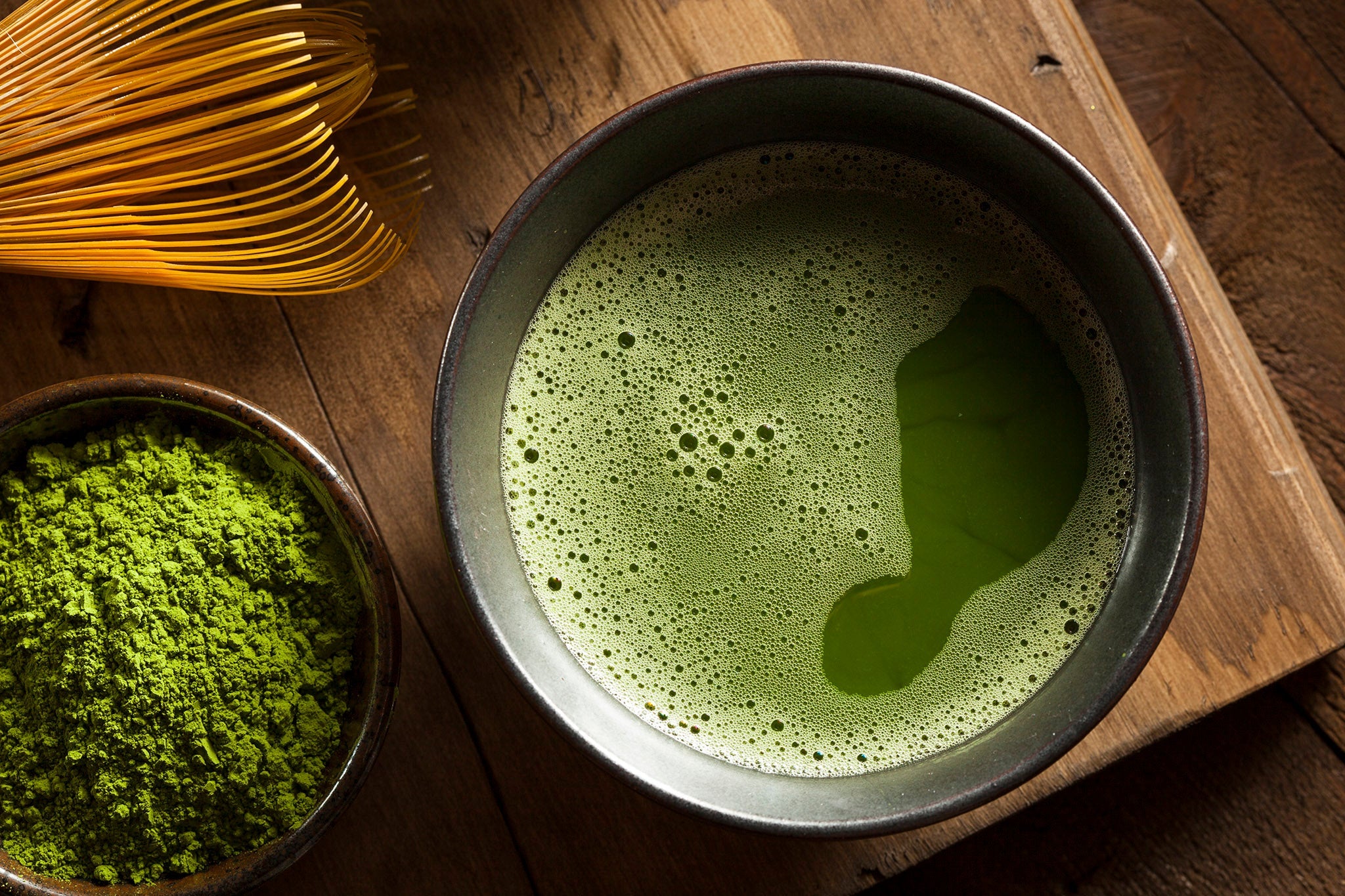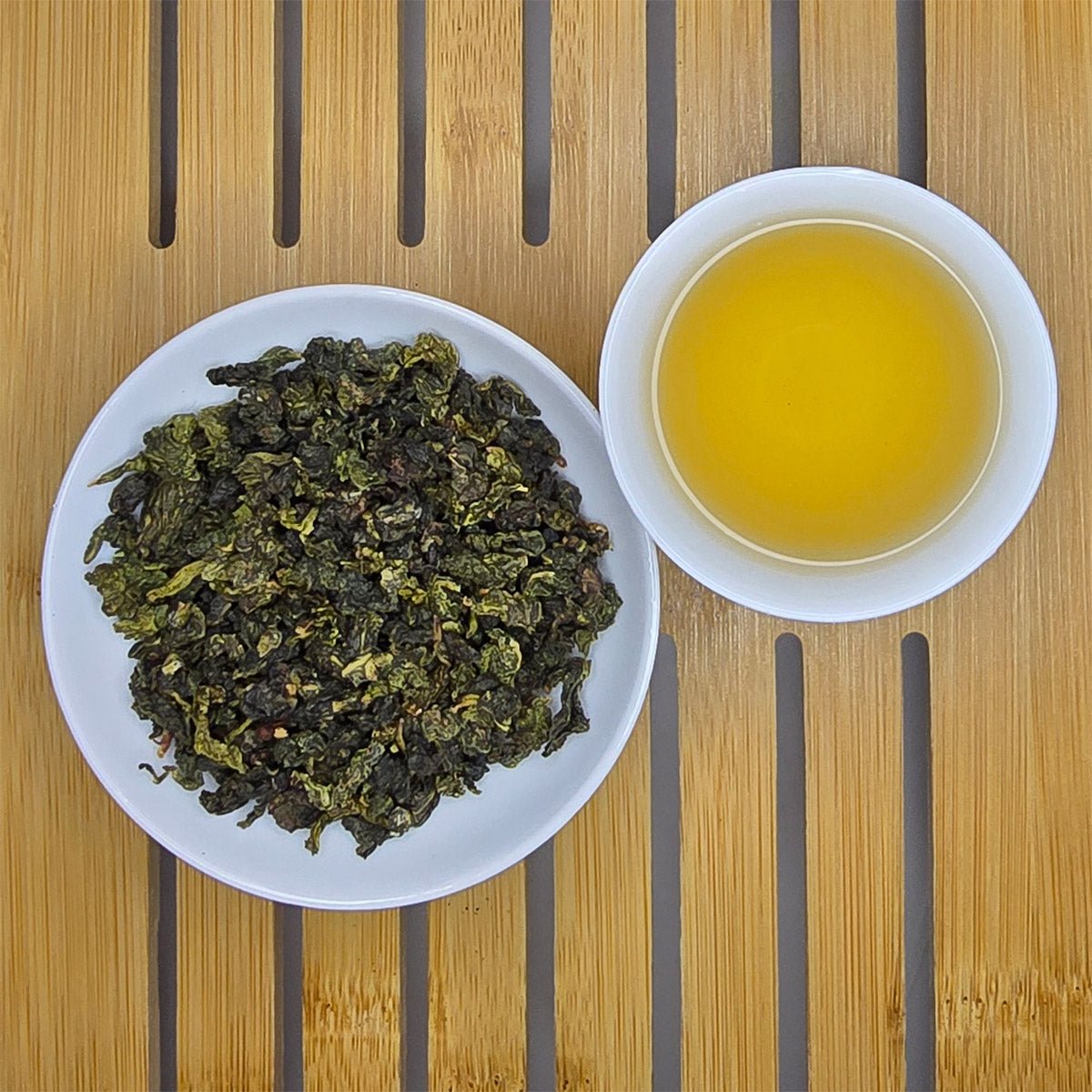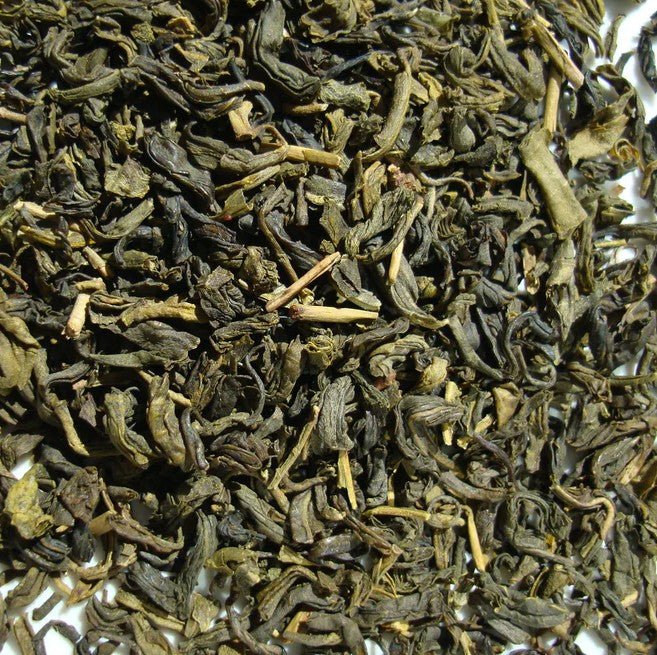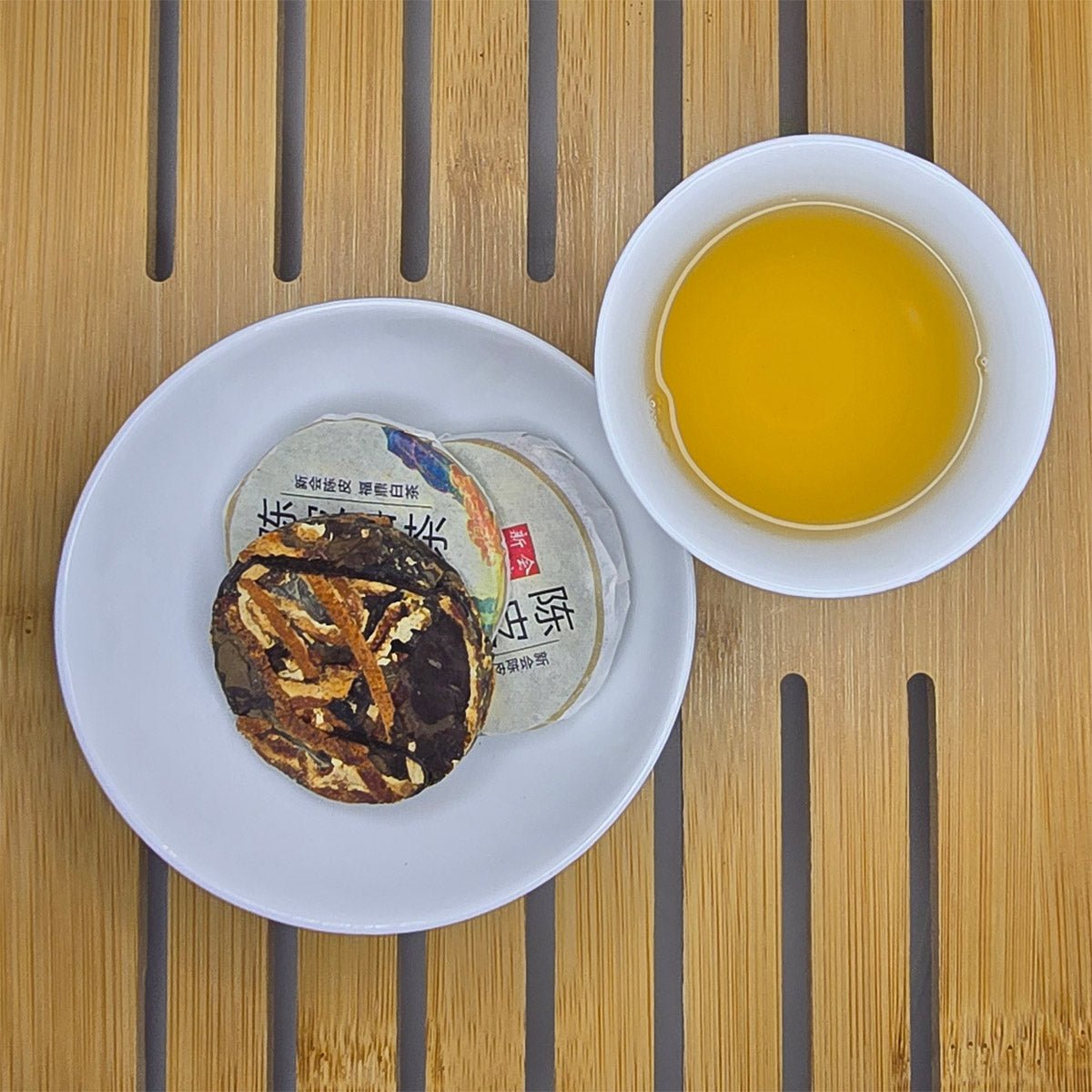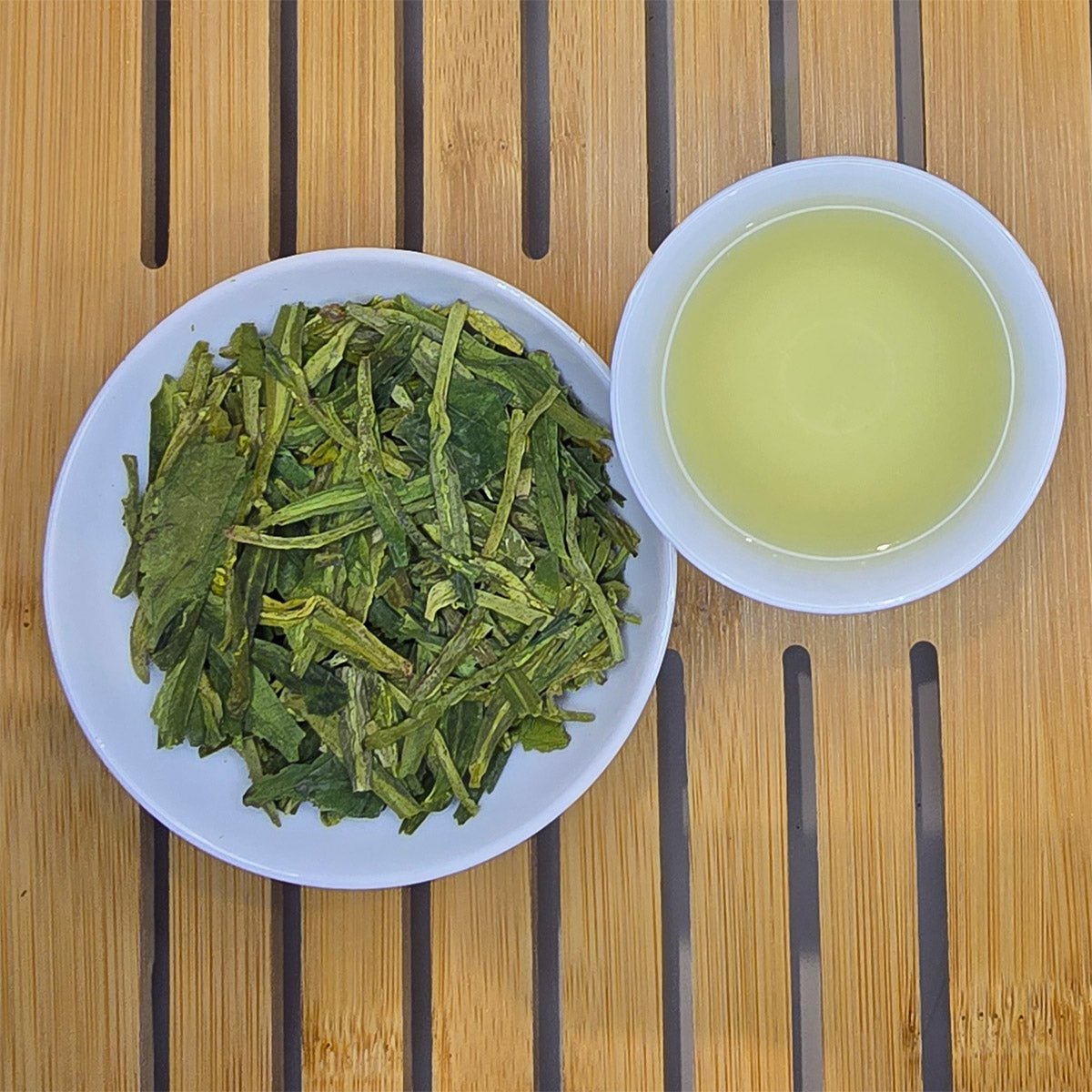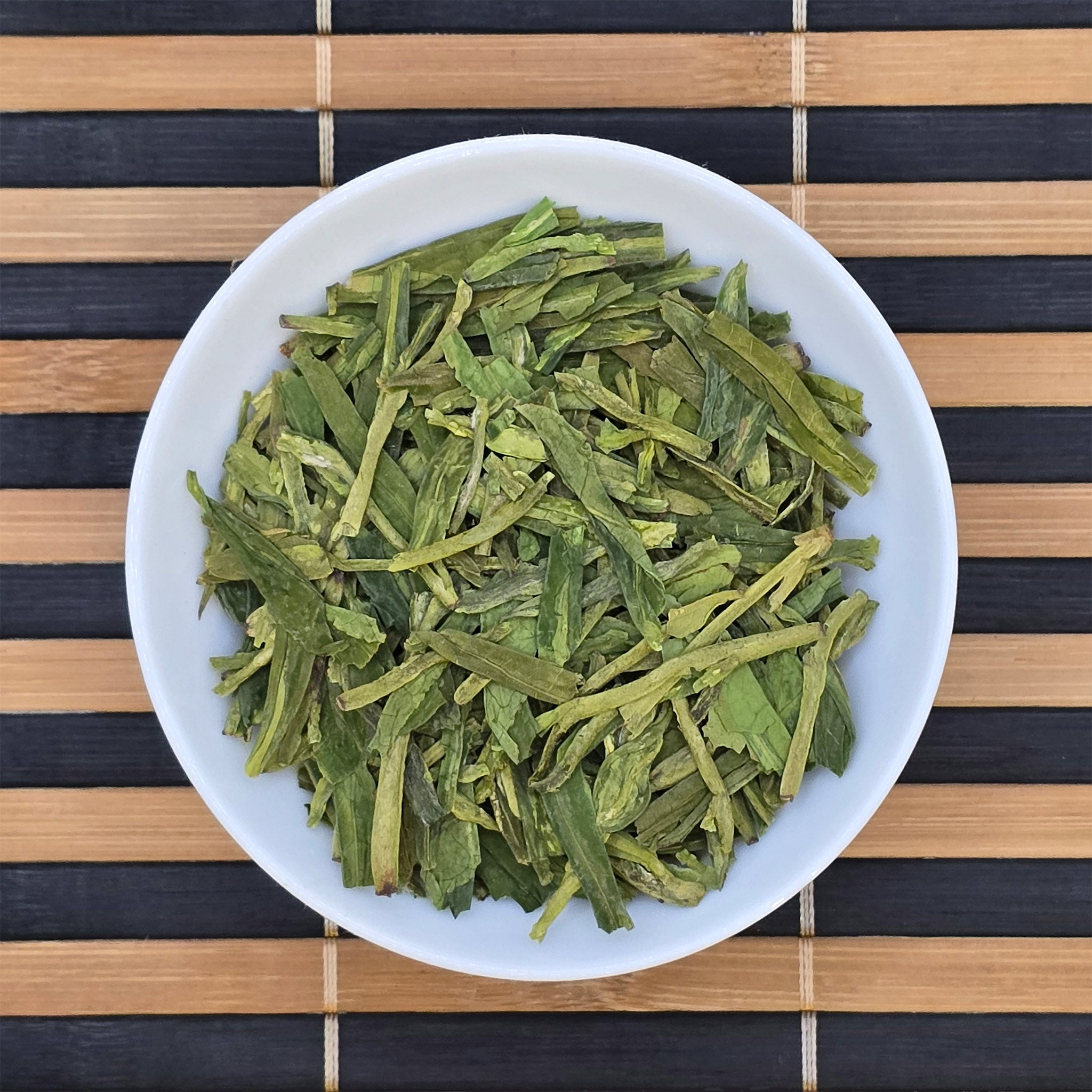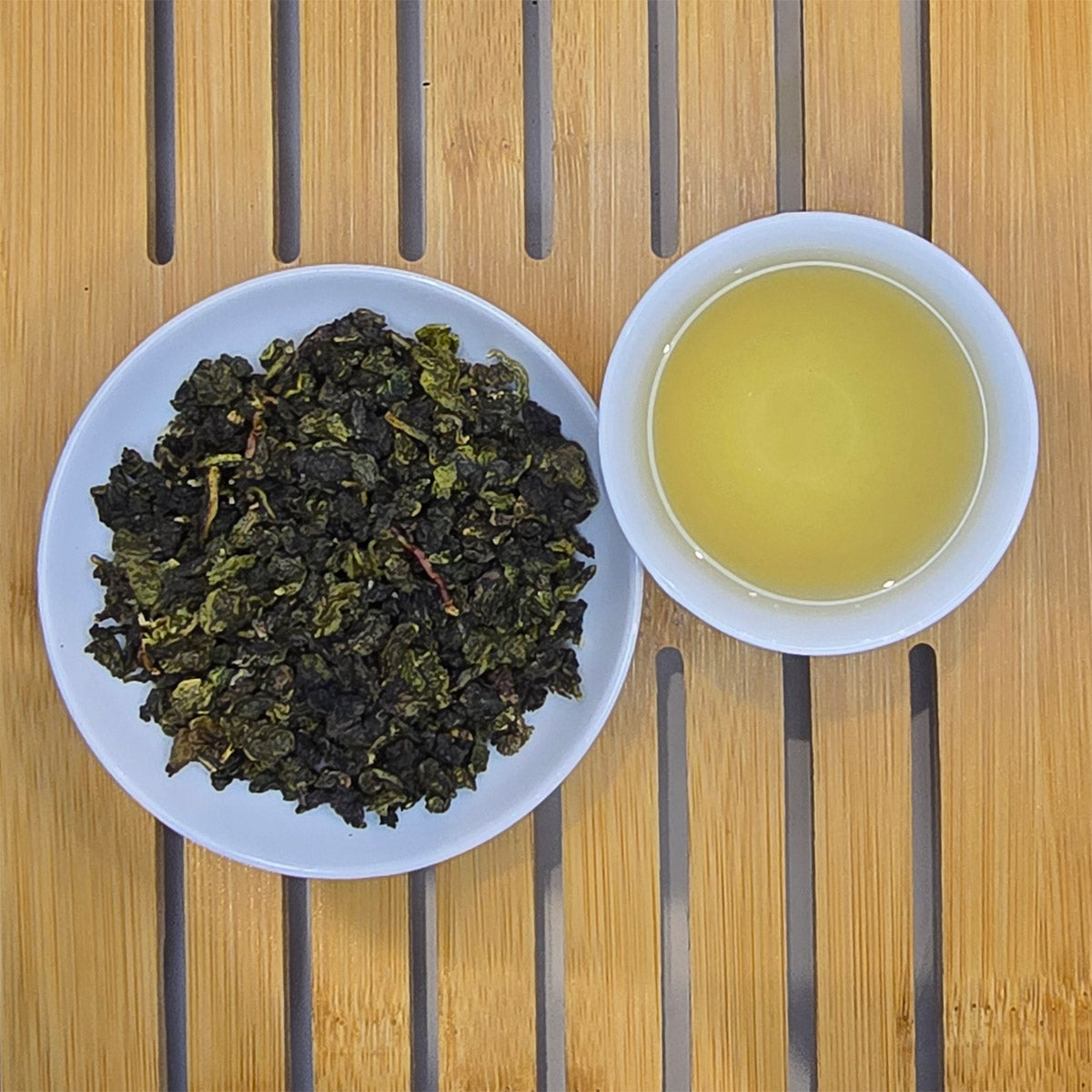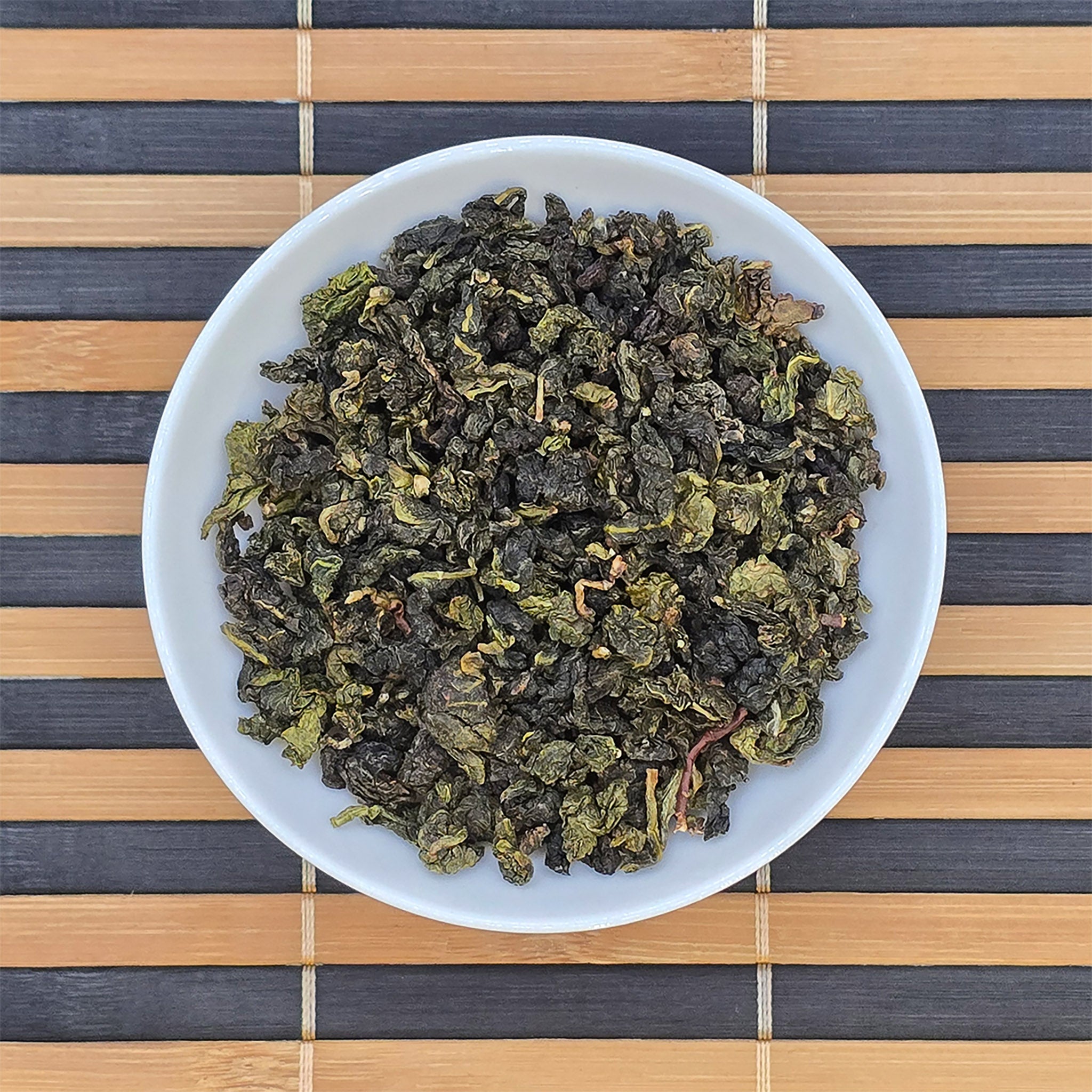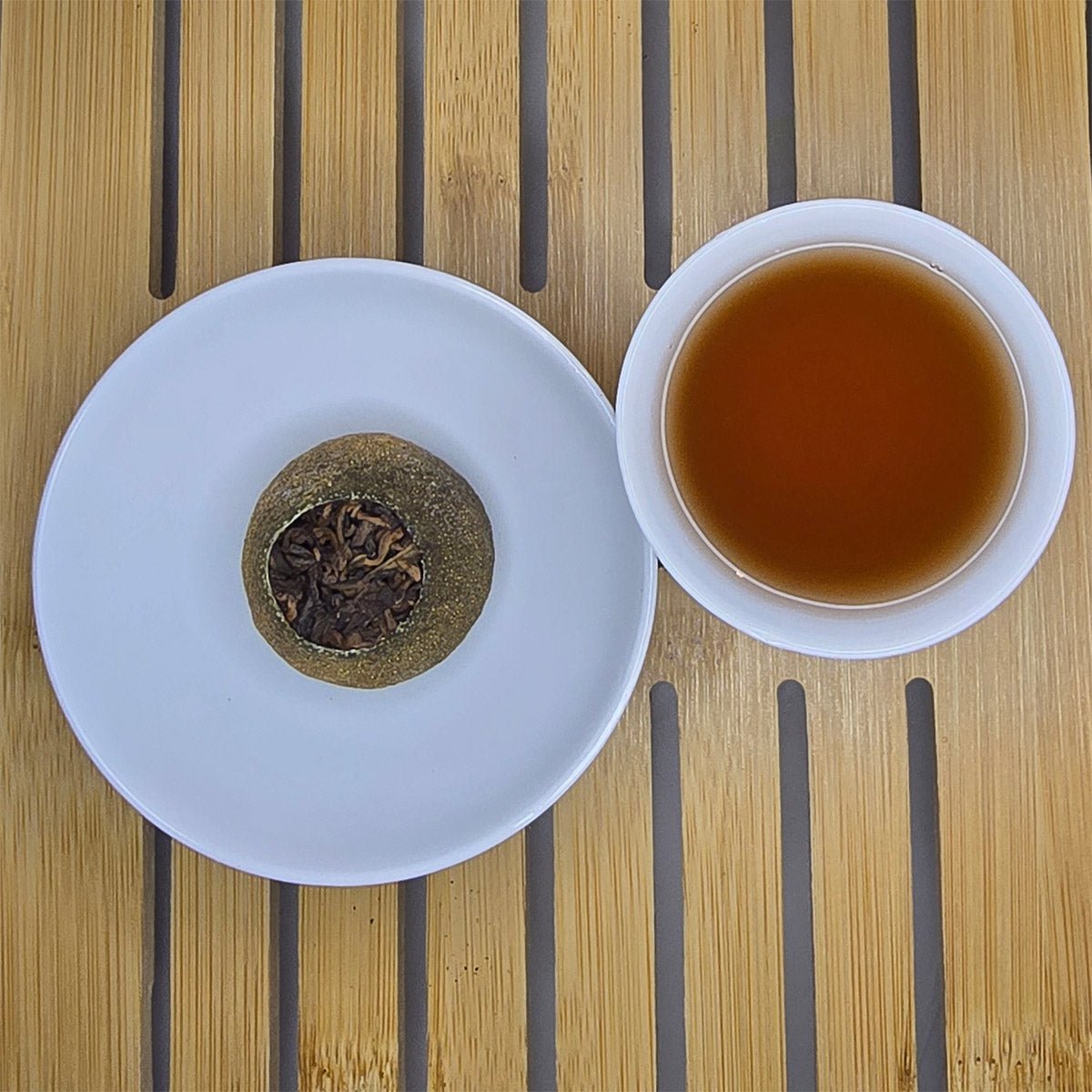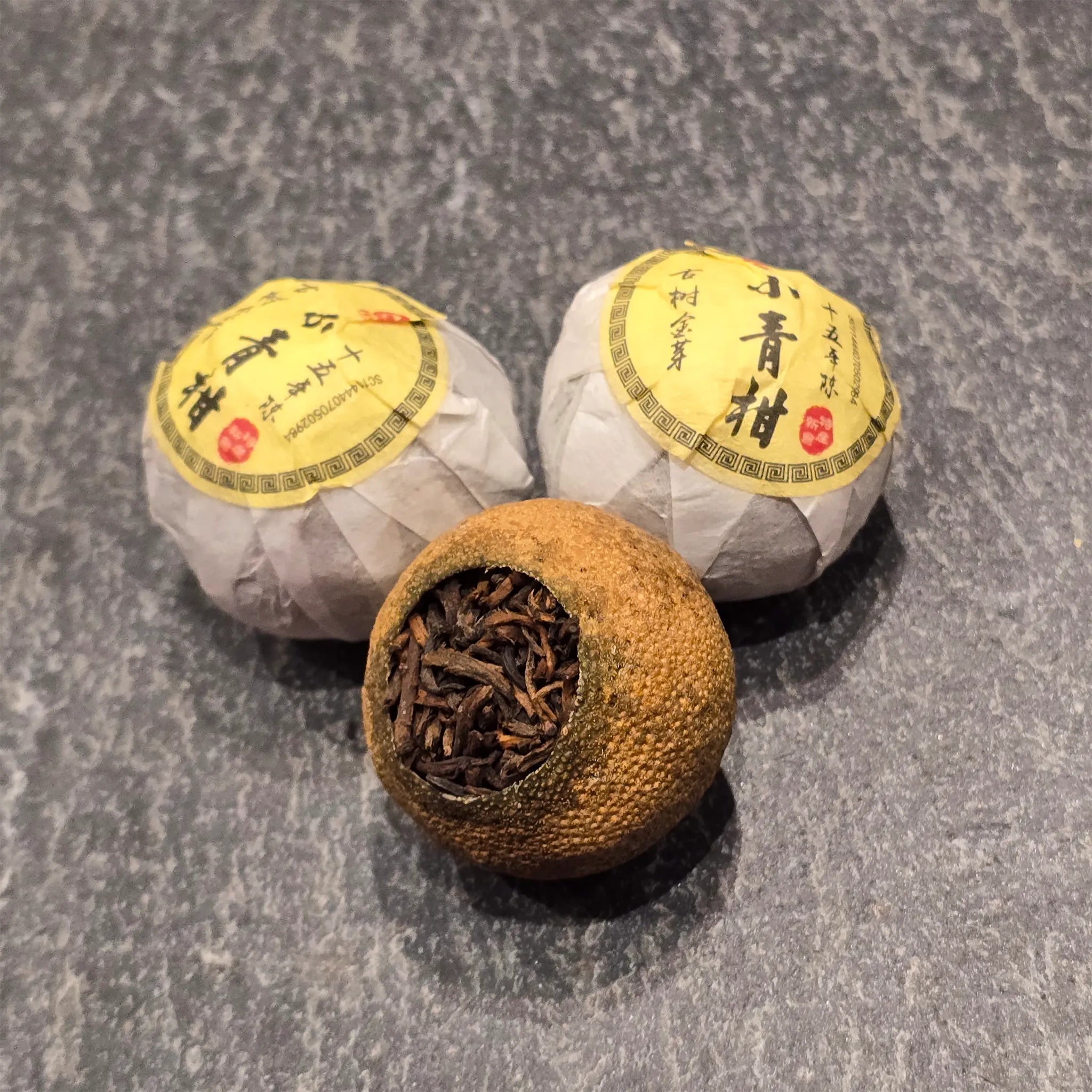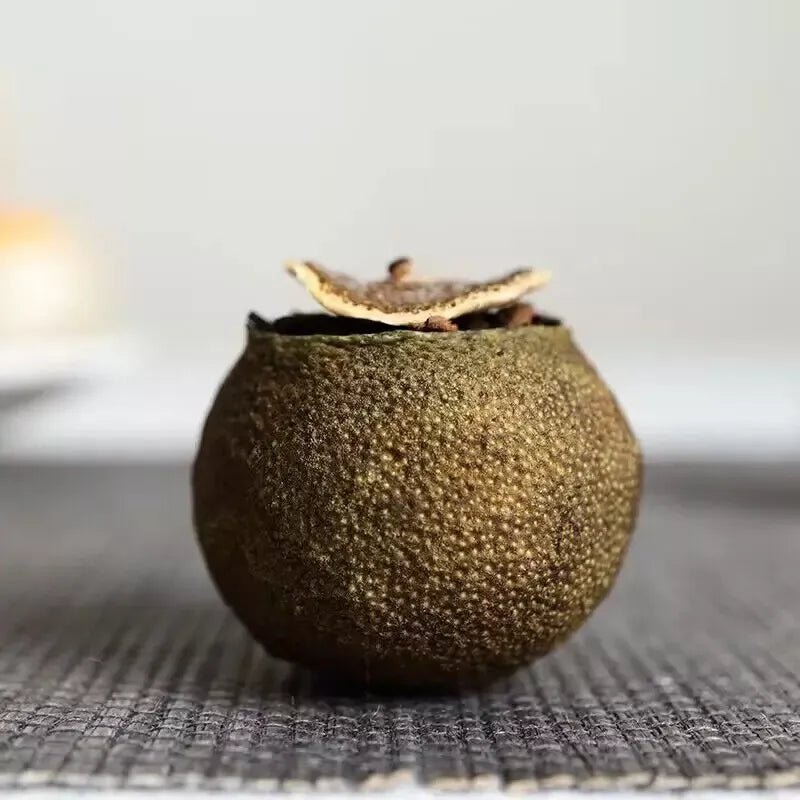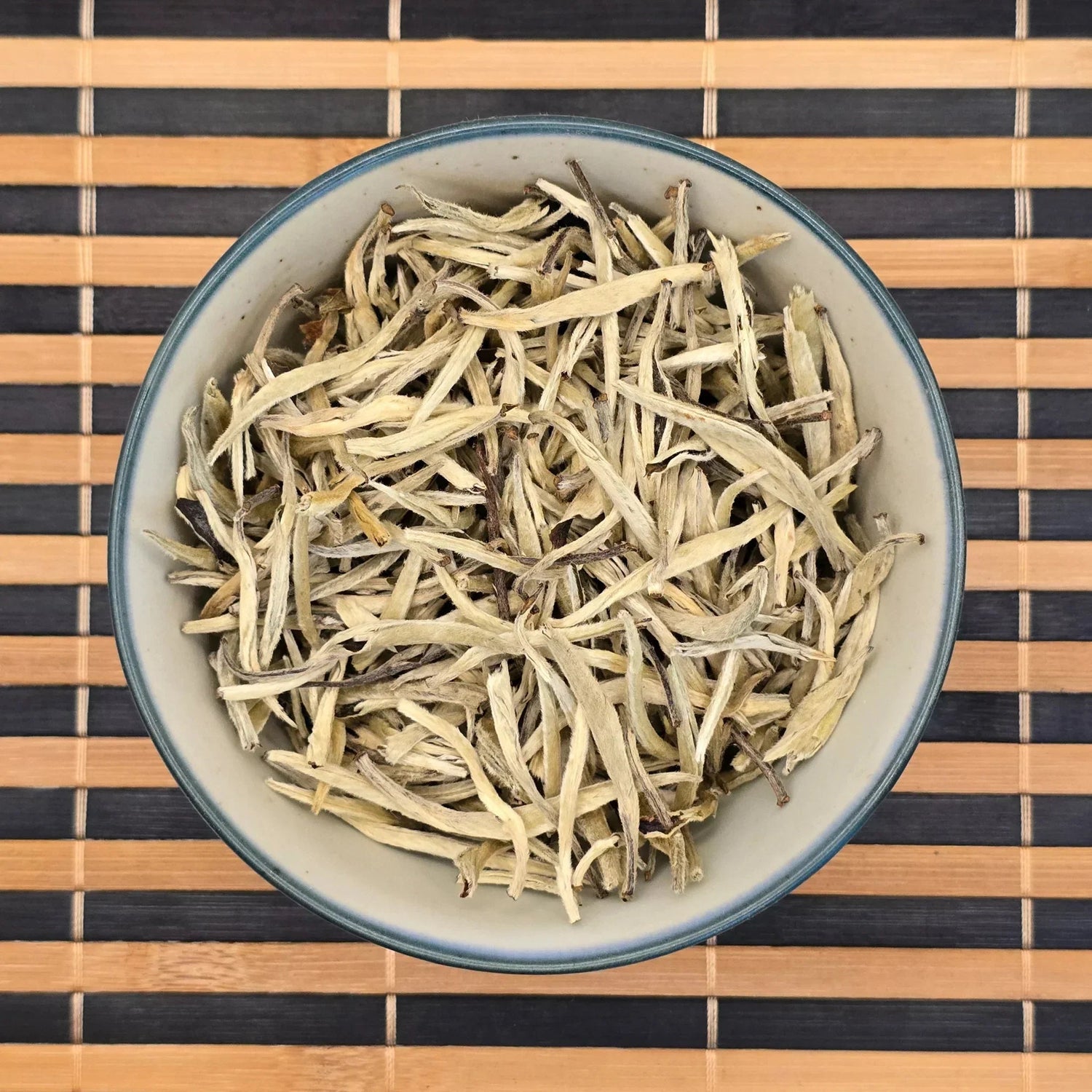Michelin Stars, Tea and Wine Pairing: A Refined Art for the Modern Gourmet

The world of haute cuisine is continuously evolving, with chefs and sommeliers exploring new ways to surprise and delight their guests. One of the most exciting trends in fine dining today is the emergence of tea and wine pairing, particularly the use of chilled tea as an elegant alternative to wine. At Michelin-starred restaurants across the globe, carefully curated tea pairings are now standing shoulder-to-shoulder with classic vintages, offering a sophisticated and often alcohol-free option that matches the complexity and depth of the dishes.
In this blog post, we’ll explore:
- The rise of tea in Michelin-starred restaurants
- How tea is being served chilled and paired like wine
- Key principles behind tea and wine pairing
- Examples of standout pairings from elite chefs
- Why chilled tea is not just a trend, but a lasting innovation in fine dining
Whether you’re a tea lover, wine enthusiast, or simply a curious foodie, this is your comprehensive guide to one of the most refined culinary movements of the decade.
The Rise of Tea in Fine Dining
From Afternoon Tea to the Tasting Menu
Tea has long held a place in global culture, from the high tea traditions of England to the meditative rituals of Japan. But in the last few years, tea has moved beyond the tearoom and into the tasting menu, finding a new identity as a gourmet beverage that rivals wine in complexity, versatility, and pairing potential.
Michelin-starred restaurants are increasingly offering non-alcoholic pairings, and premium teas have become a top choice. Why? Because teas, especially when properly brewed and served at ideal temperatures, can enhance flavour profiles, cleanse the palate, and introduce subtlety and nuance that complement haute cuisine.
Chilled Tea: A Game-Changer in Michelin Star Pairings
Why Serve Tea Chilled?
Chilled tea is not your average iced tea. These are meticulously brewed infusions—often from rare or single-origin leaves, chilled to exact temperatures to preserve aromatics, bitterness, and structure. When chilled correctly, tea offers the following benefits:
- Enhanced aroma retention (like a well-decanted wine)
- Refined tannin expression (for texture and body)
- Versatility with both savoury and sweet courses
- Zero alcohol (ideal for health-conscious diners)
This approach is not only gaining popularity among diners seeking non-alcoholic fine dining experiences but also among chefs and sommeliers who view tea as a blank canvas for culinary storytelling.
Tea and Wine Pairing: Key Principles
The art of pairing tea or wine with food is rooted in the same gastronomic principles:
1. Balance of Flavors
Just as a dry Riesling might pair with spicy Thai cuisine, a lightly oxidised oolong might echo the floral notes of a delicate seafood dish. Chilled Sencha or Gyokuro can offer grassy, umami-rich counterpoints to shellfish or white fish.
2. Texture and Body
Heavier teas like ripe Pu-erh or smoky Lapsang Souchong offer the tannins and depth of a red wine, perfect for dishes like duck, venison, or mushrooms. Their chilled counterparts still retain their velvety mouthfeel and complex finish.
3. Temperature Matching
Serving tea at optimal chilled temperatures allows the sommelier to mirror the wine experience, cool enough for refreshment, but warm enough for flavour development. Typically:
- Light white teas: 8–12°C (46–53°F)
- Green teas: 10–15°C (50–59°F)
- Oolongs and blacks: 12–18°C (53–64°F)
4. Aromatics and Accents
Fine teas can offer floral, fruity, smoky, earthy, and herbaceous aromas, making them ideal matches for equally complex dishes. A jasmine pearl tea, lightly chilled, might pair perfectly with scallop crudo and citrus.

Michelin Star Examples: Chilled Tea on the Menu
1. The French Laundry – Yountville, California
Chef Thomas Keller’s legendary three-star restaurant has embraced non-alcoholic pairings that include house-infused chilled teas such as:
- Cold-brewed Darjeeling with duck confit
- Chilled Tieguanyin oolong with foie gras torchon
Keller’s philosophy? Tea provides clarity and structure—much like a great wine—but without the intoxicating effects.
2. Noma – Copenhagen, Denmark
René Redzepi’s Noma offers one of the most sophisticated fermented and tea-based pairings in the world. Expect to find:
- Smoked birch and lapsang tea foraged and brewed in-house
- Cold-brew kombucha made from rare green teas
- Chilled teas infused with seasonal berries or herbs
The teas are not an afterthought—they are part of the full sensory experience.
3. RyuGin – Tokyo, Japan
In the heart of Tokyo, RyuGin takes a more traditional yet elevated approach:
- Chilled Gyokuro with sashimi
- Roasted Hojicha with grilled eel
These pairings showcase how tea’s origin in Japanese culture continues to evolve in modern, three-star settings.
4. Eleven Madison Park – New York City
Post-pandemic, Eleven Madison Park shifted to a plant-based menu, and their tea pairings became a central offering:
- Chilled white peony tea with spring pea tartlet
- Lightly brewed Darjeeling with mushroom consomme
This underlines how tea supports sustainability while maintaining a luxurious experience.
5. Aulis by Simon Rogan – London
Aulis is notable for experimental tasting menus and hyper-seasonal ingredients.
At Aulis, the intimate chef’s table concept by Simon Rogan, tea pairings have become a core part of their non-alcoholic beverage program. The restaurant regularly features chilled and infused teas as a pairing option alongside wine. One standout pairing includes:
- Cold-infused wild herb tea with fermented beetroot and goat’s cheese, offering an earthy, slightly sour note that complements the dish without overpowering it.
The team collaborates with local herbalists and tea specialists to create bespoke blends, chilled and served in wine glasses to mirror the wine-pairing experience.
6. The Clove Club – London
Using British ingredients with global influence, progressive non-alcoholic pairings the Cove Club really does stand out..
The Clove Club has gained international acclaim not only for its food but also for its forward-thinking beverage pairings. The restaurant offers an alcohol-free pairing menu featuring fine teas, often served chilled, alongside ferments, infusions, and broths.
A few examples include:
- Chilled Iron Buddha (Tieguanyin) oolong served with roasted duck and plum sauce.
- A light cold-brewed Sencha paired with raw scallop and elderflower.
The Clove Club’s approach to pairing chilled teas rivals its wine list, treating tea with the same respect and complexity as any Burgundy or Bordeaux.
Wine and Tea Together? Yes—In Harmony
Interestingly, tea and wine are not mutually exclusive. Some Michelin-starred restaurants offer dual pairings, allowing guests to experience the contrast:
- Sauvignon Blanc vs. Cold-brew Sencha with oysters
- Pinot Noir vs. Aged Pu-erh with short rib
This duality allows guests to appreciate how each beverage enhances or transforms the dish in different ways.
The Craft Behind Chilled Tea Pairing
Creating a tea pairing menu is no less complex than a wine program. It involves:
- Sourcing high-quality loose-leaf teas, often from small growers
- Mastering steeping techniques (e.g., cold brew, flash chill, ice steeping)
- Balancing tannins, acidity, and sweetness
- Layering flavour infusions with herbs, fruit, or spices
Some restaurants even employ a tea sommelier or partner with luxury tea brands like Ippodo, Yamamotoyama, or Tea Leaves to curate exclusive blends.
Why Tea is the Future of Fine Dining Pairings
Tea isn’t a gimmick or a temporary trend. It represents:
1. A Move Toward Wellness
More diners are cutting back on alcohol for health reasons. Chilled tea offers the ritual and sophistication of wine, minus the hangover.
2. A Nod to Sustainability
Tea has a smaller carbon footprint than wine and is easier to store and transport. This makes it an attractive choice for eco-conscious establishments.
3. Global Fusion
Tea represents culinary globalism it can echo Asian, African, or European traditions, blending effortlessly into a fusion menu.
4. Sensory Sophistication
With the right brewing, chilling, and presentation, tea rivals the complexity of a vintage Burgundy. And when served in elegant stemware? The theatre of dining remains intact.
Getting Started: DIY Michelin-Style Tea Pairing at Home
You don’t have to dine at a three-star restaurant to enjoy tea pairings. Here are three chilled tea pairings you can try at home:
1. Chilled Jasmine Green Tea + Seared Scallops
The floral notes of jasmine brighten the natural sweetness of scallops, while the green tea’s slight bitterness balances the umami. (Buy Jasmine Tea)
2. Chilled Oolong + Roast Duck
Choose a darker oolong (like Wuyi Rock) and chill it gently. The roasted flavors and mild tannins pair beautifully with rich meats. (Buy Oolong Tea)
3. Chilled White Tea + Goat Cheese + Fig Crostini
A chilled Bai Mu Dan white tea is soft and grassy, pairing elegantly with creamy cheese and the caramel tones of dried figs. (Buy White Tea)
Conclusion: The Elegance of Evolution
As fine dining continues to evolve, Michelin star tea and wine pairing is proof that innovation doesn’t have to be radical to be impactful. By incorporating chilled tea as a legitimate and luxurious part of the dining experience, top-tier restaurants are not only respecting tradition but also redefining refinement.
Whether you’re sipping a chilled gyokuro with sashimi in Tokyo, or enjoying a Pu-erh infusion in Copenhagen, one thing is clear: tea has taken its rightful place at the Michelin-starred table.


